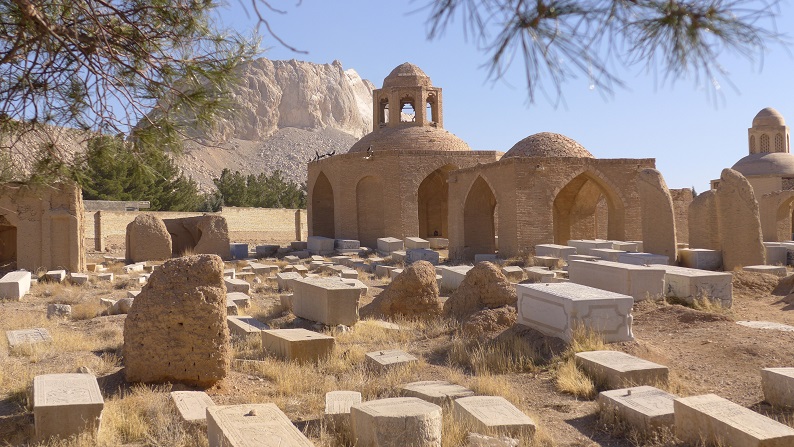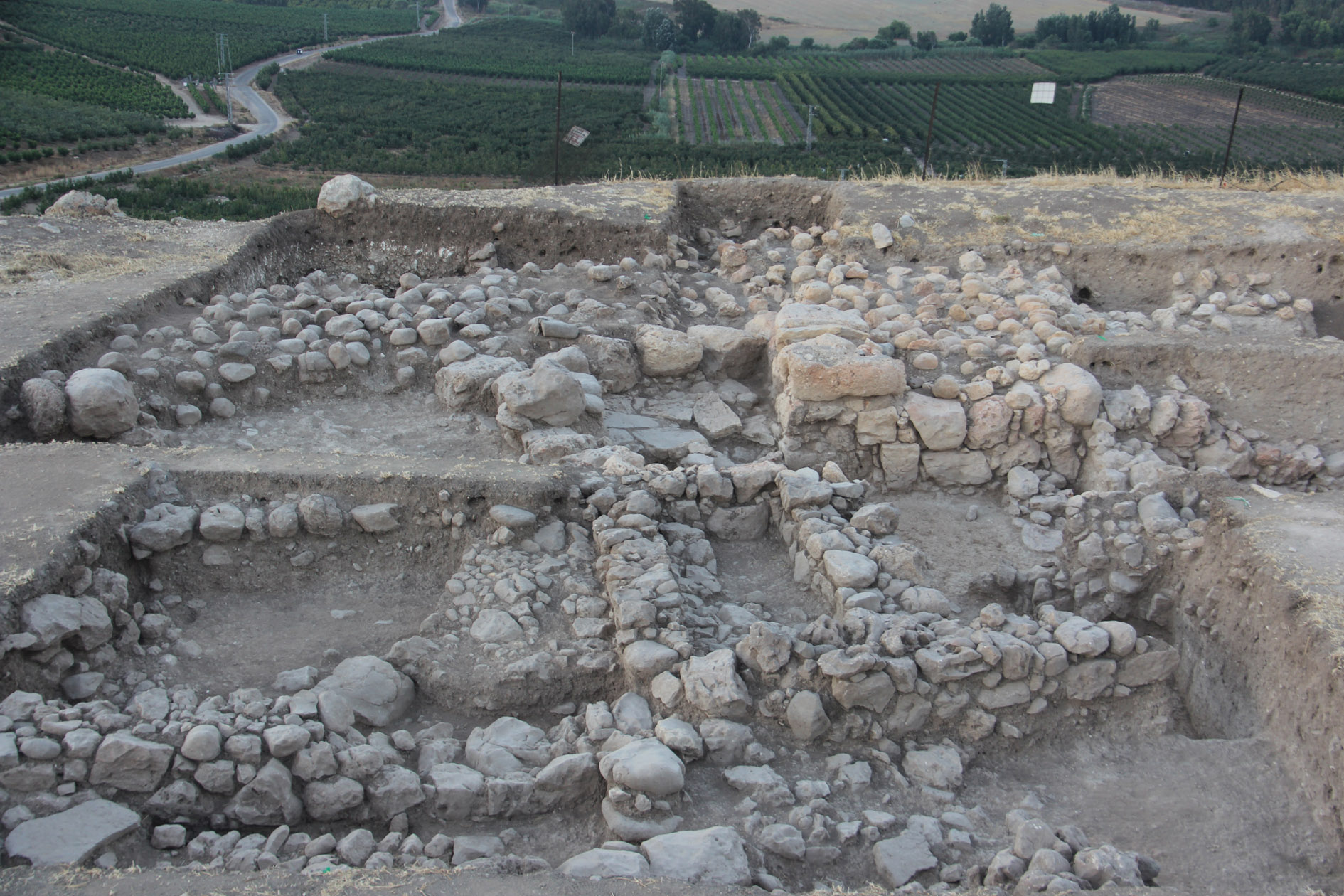I opened my last post saying, “We grow, love, and die in the flash of a firefly on a summer evening. But not Serah bat Asher. She lives forever.” But maybe that’s not right. Let’s try again….
We grow, love, and die in the time it takes for a snowflake to fall. But not Serah bat Asher. She’s still falling …. with no soft snowbank to catch her.
Just falling.
Serah in Exile
What did Jacob mean when he blessed her saying “may death never prevail against thee forever?” Did that mean that she would live an immortal, physical, life on Earth, as I suggested in my two prior posts? Maybe. But that isn’t what happened to either Enoch or Elijah, the other two most noteworthy immortal humans in the Jewish tradition. Both of them ascended from a mortal life on Earth to become part of the heavenly court (1). There is a tradition, in the Mizrahi Jewish community, that says Serah ascended as well. Falling up, to the heavenly court to again study with Joseph and Jacob (2).
For Serah, though, there was no miraculous whirlwind to carry her away (1), there was just a fire. She burned, trapped with other Jews of Esfahan, as the old synagogue collapsed. It was the 12th century CE and she had been living Esfahan, Persia (now Iran), since the the 9th century CE (3). She’d been moving back and forth between Israel and Persia since Israel was the Kingdom of Judah, before the Babylonian exile (in the 500’s BCE). When the smoke cleared and the stones cooled other bodies remained to be mourned but Serah was gone. She had been taken, alive, to paradise.
When the synagogue was rebuilt it became known as the Synagogue of Serah bat Asher. According to Mark Bergman, “In the Jewish cemetery of Isfahan, there was to be found, at least until the end of the 19th century, a gravestone marking the final resting place of “Serah the daughter of Asher the son of our Patriarch Jacob” who died in the year equivalent to 1133 CE. The gravesite of Serah bat Asher marked by a small mausoleum known as heder Serah, “Serah’s Room,” remained for centuries one of the most well known pilgrimage sites for the Jews of Persia (4).”


Serah the Healer
Serah’s ascension was just a transition. She was still the same immortal protector she’d been. The same daughter of Asher and granddaughter of Jacob she had always been. She just now had a balcony view and new roles and powers. In particular, she would become known as a healer and as a teacher of mystical knowledge to women (2). Her shrine was a place of healing, similar to the matriarch Rachel’s Tomb, near Bethlehem. (7) In its collection, the Israel Folktale Archives (IFA) that was recorded in 1978 by the Darshan (“Preacher”) Mulah Shmuel Shammai from Yazd, Persia (Iran) (4). While the story is probably more poetic than ethnographic, it shows how Serah was revered and the role she played. I’ve abridged the story a bit.
Once there was in Esfahan a boy name named Hayyim who lost his sight. When the physicians gave up hope of curing him, Hayyim was told by his neighbors to go and prostrate himself at the gravestone of Serah bat Asher and there to lift up his hands in supplication to the Heavenly Healer.
Here the storyteller explains as follows:
In the Iranian Exile the Jews are accustomed to prostrate themselves at the gravestone of Serah, as the custom here in Israel is to prostrate oneself at the tomb of our Matriarch Rachel in Bet Lehem. Like the tomb of Rachel, so too the tomb of Serah is located in a “room” (i.e., a mausoleum). This room has wondrous doorposts. It is well-known that only people who are of good character and deeds may enter; but anyone else—the entrance to the room shrinks before him and prevents him from entering.
Young Hayyim prayed and fasted so that he would be found worthy to enter the room and in the evening he went to the room of Serah in Esfahan and the doorposts of the entrance open wide before him. He entered and spread out his hands before the Heavenly Healer. He cried with a broken heart and offered his petition: “O Heavenly Healer, return to me by the merit of this righteous woman the light of my eyes. But if you say: I have promulgated an irrevocable decision and I cannot repeal it, then be it known to you that my soul longs for Torah. Give me, then, my father and my king, the light of Torah. Give me wisdom to understand Your teaching.”
When Hayyim had finished his prayer, he fell asleep. At midnight, while dreaming, there appeared to him a woman, whose face was like the face of an angel of God. She said to him: I am Serah bat Asher. I have joined in your prayer. Behold I bring you good tidings that God has had mercy on you and has granted your second petition.
Hayyim was happy that his prayer had been answered and awoke from his dream much encouraged. As time went on, Hayyim learned Torah. He knew it and the Siddur and the Mahzor by heart. As Hayyim grew, his dream was fulfilled. He immersed himself in the depths of Torah. He became a much sought after Hazan (“Cantor”), a well-known preacher and a famous Mulah. Behold, he is none other than the Mulah, Hayyim Rushan (“the Blind” in Iranian) from Isfahan. May his merit protect us!”
Israel Folktale Archives (IFA) number 11999. Marc Bergman, translation. (e)
So did Jacob’s blessing of immortality include spiritual ascension or is it strictly physical and Serah still walks the Earth? The answer, as is often the case in Judaism, is both…depending on which sources you’re focusing on. The two different traditions of Serah’s immortality mirror, I think, two different ideas in Judaism about what happens after we die. Judaism is very clear that something happens to us after we die. But the details are fuzzy, there are traditions that talk specifically about restoration of the body in Israel and other traditions that talk of spiritual rebirth at the side of God. I’ll get to them in later blog posts, because a Jewish monster hunter needs to be ready to deal with ghosts, both tethered and wandering, dybbuk possession, both ghost and demon), and other ways the after-death experience can come back and interfere the living we protect.
MONSTER HUNTER PRO TIPS
1. Be ready to ask for help. Healing, and other kinds of power, come from God, but we have a history of asking angels, sages, prophets, and ancestors for a little support. Hey…Moses and Abraham both talked God out of scary decrees in the past. It’s worth a try.
Notes and References
(1) I will write about Enoch and Elijah’s ascensions in later blog posts. Each have a large volume of lore around them, far too much to get into here.
(2) According to the Zohar, after her ascension Serah took up a new role as the teacher of Torah and mystical wisdom to women. From Zohar,“(I)n another chamber, there is Serah bat Asher, and many myriads and thousands of women with her. Three times a day, the announcement comes: The likeness of Yosef the tzadik is coming! With joy she goes out, to that curtained area which is dedicated to her, and observes the light of the likeness of Yosef. With joy she bows before it, saying, “Happy was that day, when I gave the tidings before my grandfather [that you were still alive]!” Then she returns to the rest of the women, and they delve into the praises of the Ruler of the world, and praise the Name. How many places and joys each and every one of them has! Then they return and delve into the precepts of Torah, along with their meanings.” Zohar 3:167a:5
(3) http://archive.diarna.org/site/detail/public/774/ and Schwartz Tree of Souls
(4) Marc Bergman’s “Serah Bat Asher:
Biblical Origins, Ancient Aggadah and Contemporary Folklore”
(5) Image by Kipala. Wikimedia Commons. The image is licensed under the Creative Commons Attribution-Share Alike 4.0 International license.
(6) The shrine for Serah bat Asher at the Jewish cemetery in Pir Bakrah, in the province of Isfahan, Iran. The picture is from the “Salmiya: Glimpses of the Middle East” blog post titled “Pir Bakran” and is reused on the website “Diarna: The Geo-Museum of North African and Middle Eastern Jewish Life” page about the Serah bat Asher shrine. The blog post has lots of other pictures and a description of the author, Muller’s, visit to the Pir Bakran Jewish and Sufi cemetery’s and the Serah bat Asher shrine.
(7) Rachels Tomb is one of the holiest sites in Judaism has a long tradition of being a place of healing. Wikepedia has a nice write up on the Tomb.


